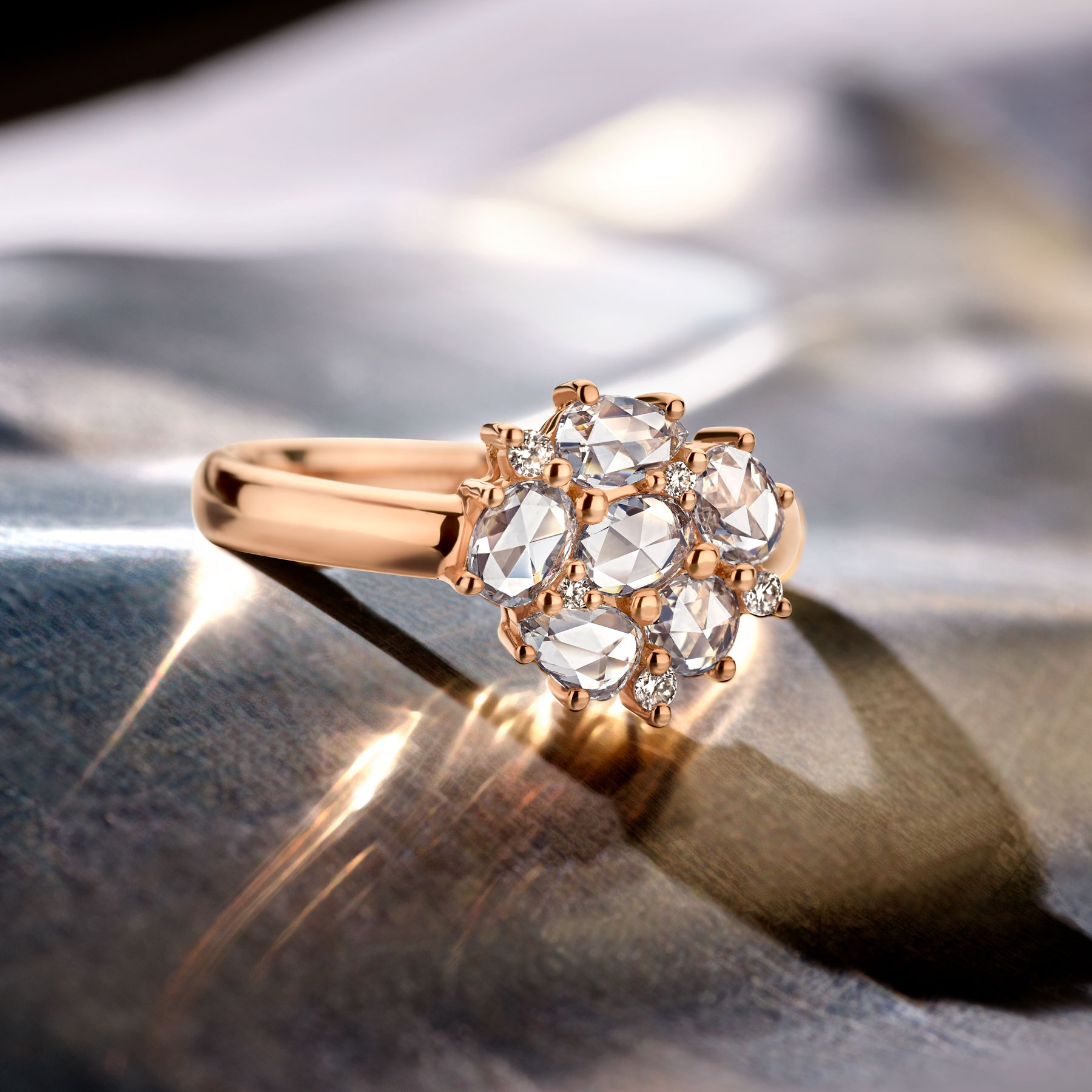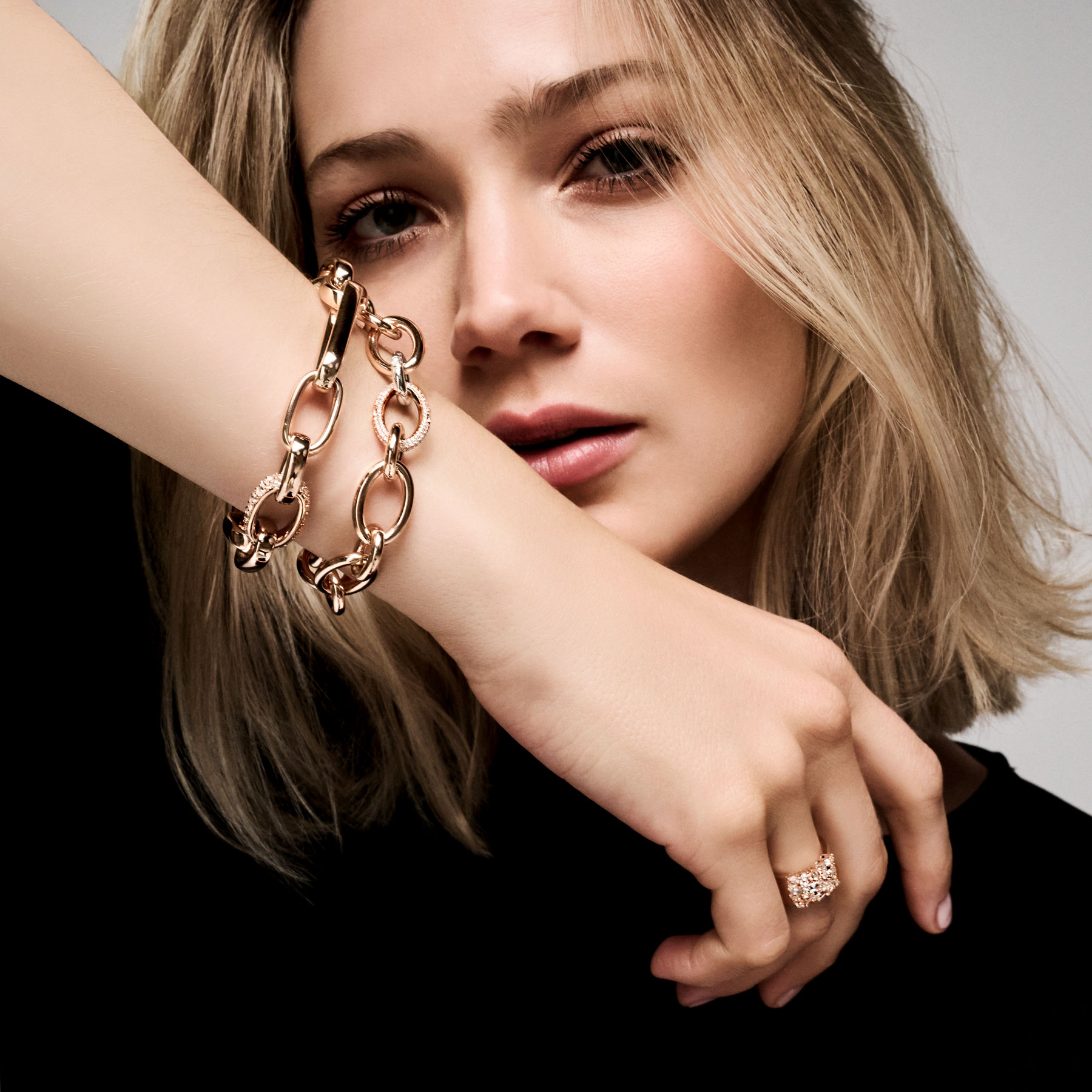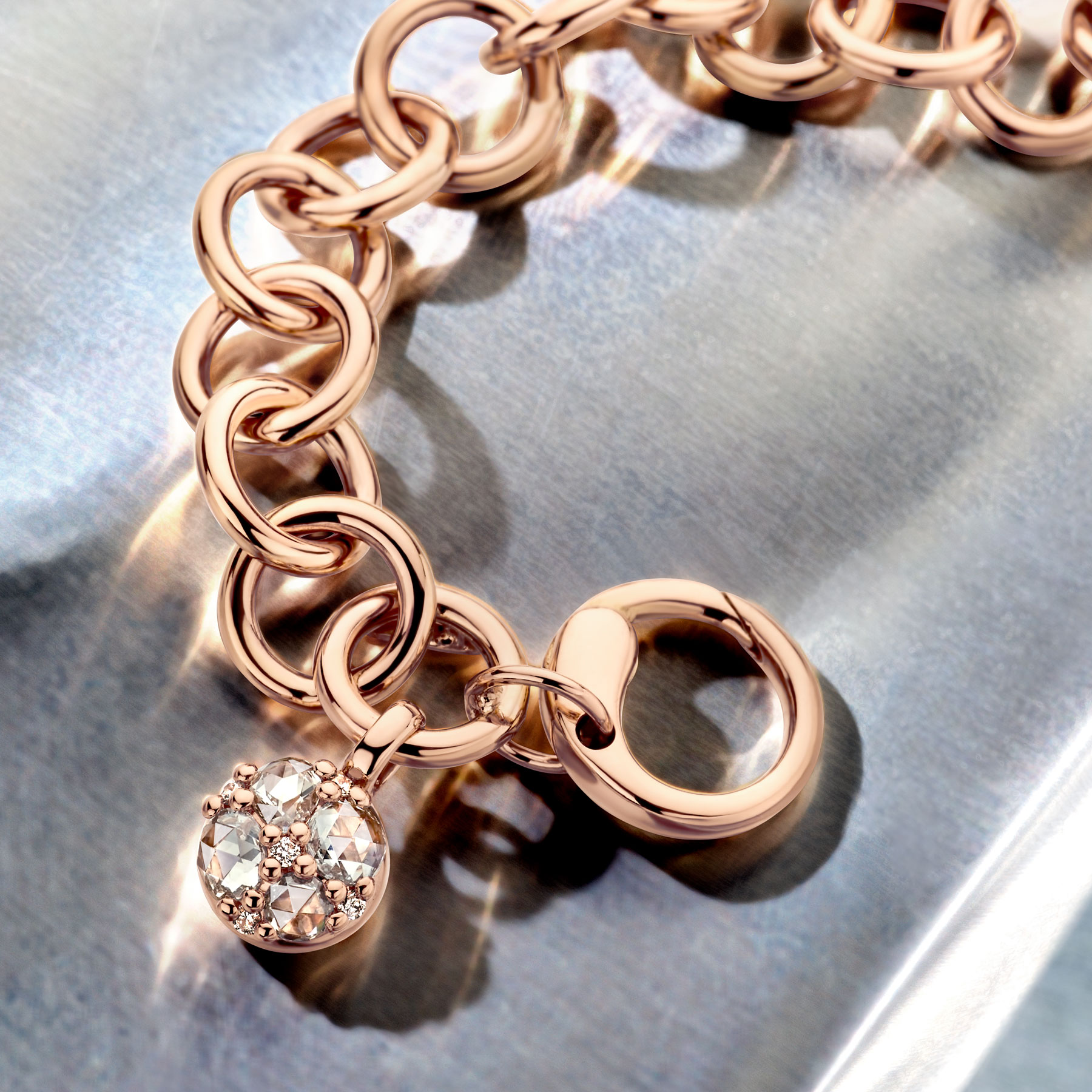

new
vision

The perfect imperfection
There is no such thing as perfection. At best, it is an unattainable pursuit. Imperfection embraces the elements of surprise, uniqueness and distinctiveness. Which is what makes a rose-cut diamond so FASCINATING. Contemporary brilliants seek to bring out ultimate brilliance in the gemstone in an world suffused with artificial light. ‘ROSE-CUT’ diamonds were devised at a time when candlelight ruled the world and jewellers endeavoured to deliver romantic, poetic BRILLIANCE.
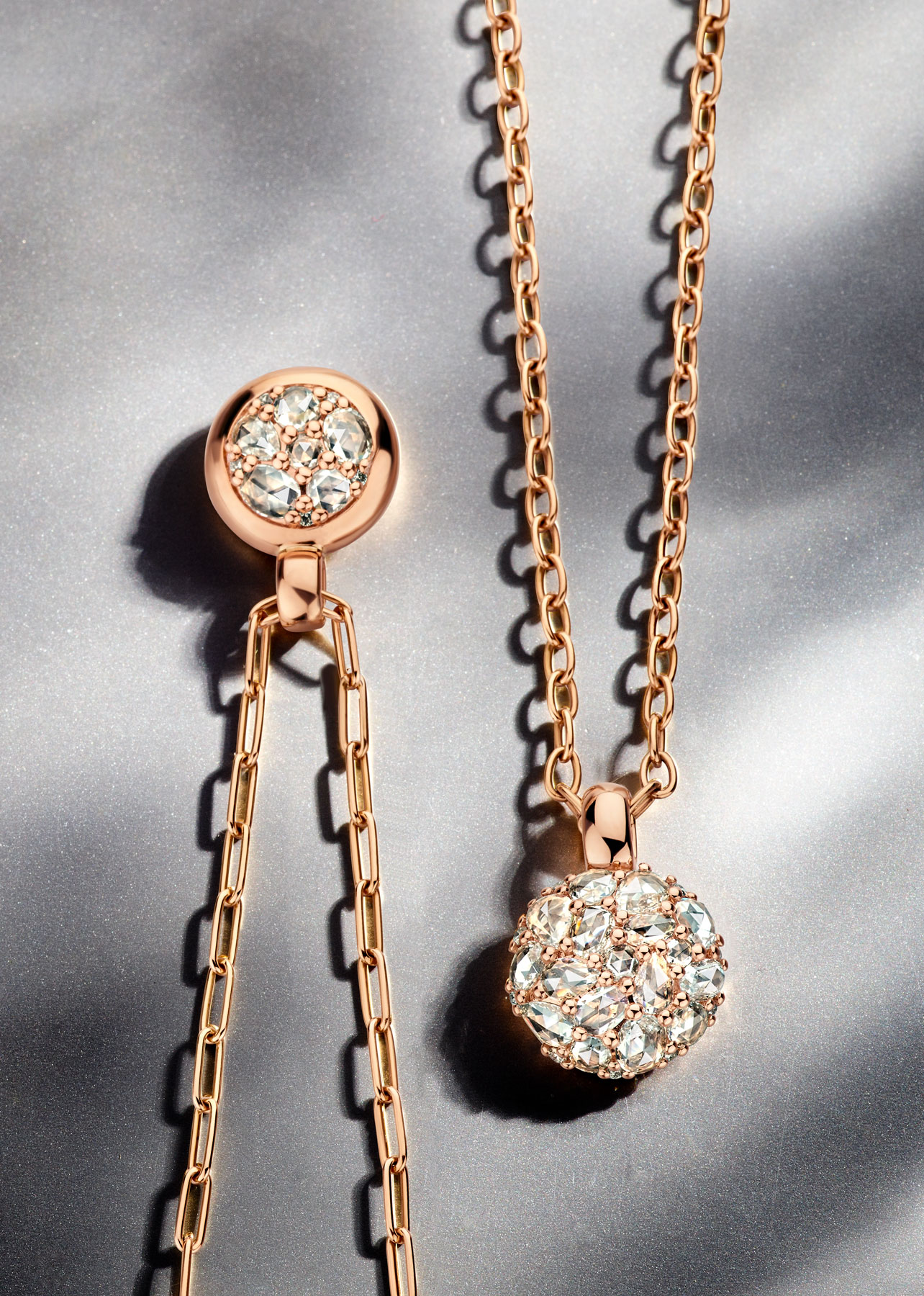
‘Rose-cut’ diamonds produce a different kind of lustre. It is not about perfect or maximum brilliance. It is about the QUIRKY and ever ELECTRIFYING brilliance that is so specific to this cutting technique. Roos1835 jewellery pieces are a celebration of the rose-cut diamond and are all about understated expression. STRONG, timeless and distinctive… never garish or trendy.
A Roos1835 jewellery piece is UNIQUE. A distinctive jewellery piece with a story all its own. Just like you.
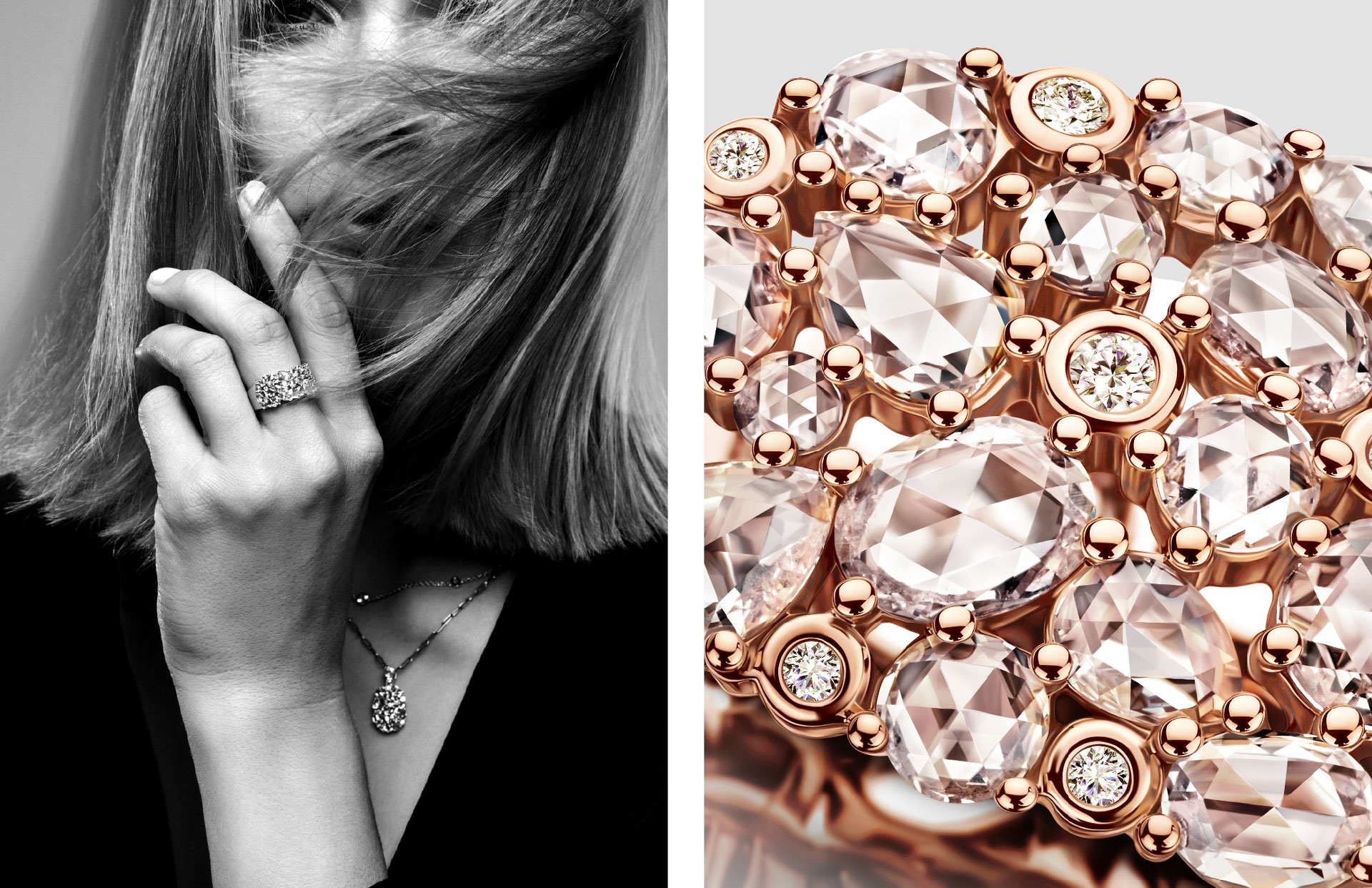

a Roos1835 Jewel
for all the subtleties of life.
for the moments we steal and the stories we create
for ourselves along the way.
– Michèle & Jackie
The Story

A mother and daughter tale
The ‘rose cut’ is a cutting technique that came about at a time when there was no such thing as electricity. The diamond had to deliver the utmost brilliance by candlelight and sought to create more of a sensuous shimmer than the highest possible degree of brilliance typical of contemporary brilliants. Which means that a ‘rose-cut’ diamond comes with a very different cut, involving much fewer facets and therefore looks slightly larger than the brilliant cut diamond.
Out of all the cutting techniques, Michèle had a clear preference for the rose-cut diamond. Both the shape and its unique, restrained and distinguished brilliance, embodying a sense of poetry and romanticism, gave her the idea of designing jewellery pieces that would do full justice to these ‘rose-cut’ diamonds. Just like the artist who time and again translates Shakespeare’s sonnets into more contemporary forms, Michèle time and again finds ways to reinterpret the old soul of the ‘rose-cut’ diamond in ways that are current and full of life.
Every collection (the Eve collection, Louise collection and the Jackie collection) uses white and tinted rose-cut diamonds that are predominantly set in rose gold jewellery pieces, giving each a character of their own. All jewellery pieces are created in Belgium at our workshops, using carefully selected materials, all made by hand, making every single piece truly unique.
Michèle’s daughter Jackie, who has a Master’s degree in Business Engineering and a couple of internships at multinational companies under her belt, was unable to resist the creative lure. Her more rational approach brought the right balance between creativity and entrepreneurship, thereby laying the foundations for a stable future.
Michèle and Jackie work hand in glove in designing jewellery pieces entirely in line with their own idea of beauty and faithfully in keeping with the uniqueness of the rose-cut diamond. They want women to sparkle but in a way that is understated and stylish.
